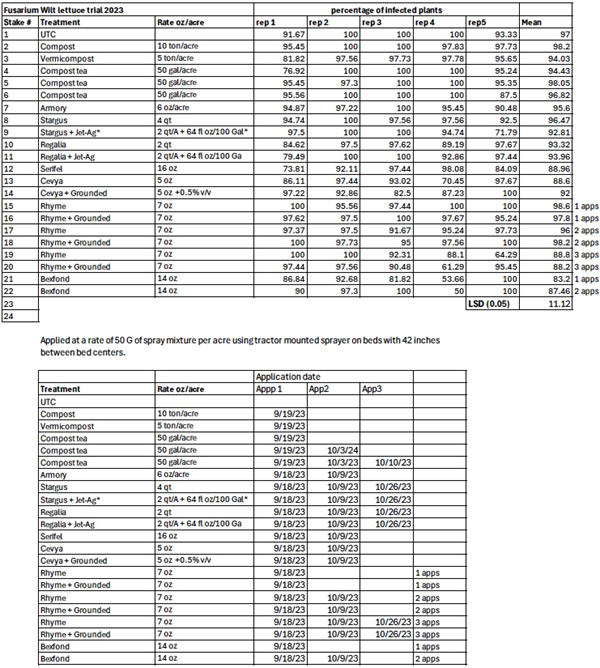-
May 15, 2013Whitefly Management on Spring Melons - Part IIIn the past week or so I’ve had numerous calls from PCAs in regards to control of whitefly adults and nymphs and specifically enquiring which products should be used. I previously discussed whitefly management briefly in our April 17th update (Vol. 4, No. 8), but thought it might be good to revisit the discussion now that daytime temperatures are in the low 100’s and whitefly populations have reached or are quickly approaching levels that require treatment. Several factors play a role in determining which insecticide(s) you may want to apply. First, population abundance should be one of the primary factors that determines which product you apply. If nymphs can easily be found on crown and mid-vine leaves, an IGR or IGR-like product is recommended. This would include: Vetica, Courier, Oberon, and Knack. None of these products will provide good adult knockdown, but if applied correctly, will eventually suppress adult populations by preventing the development of the nymphal infestation within the field. Control of adults infesting plants from outside sources will require a different approach. This time last year I would have recommended endosulfan, but of course that is no longer an option. A Vydate+bifenthrin or Danitol tank-mixture is an option, but will likely only provide adult knockdown, with limited residual control. Among the neonicotinoids, Assail and Venom/Scorpion are good options with decent residual control. Because neonicotinoids are used on many crops grown throughout the year be sure to consider resistance management statements on the label as well as the UA Cross-commodity Guidelines before you apply them. This brings up another factor that is important to consider – presence of pollinators in the field. Be sure to check the label carefully for the Environmental Hazards statement, specifically for language and restrictions on honey bee safety. In some cases, products can be used effectively and safely through application timing and rates, in other cases, some products should not be used when pollinators are actively working fields. You must read the label carefully. The proximity to harvest may limit your choices as well. The PHIs for whitefly products vary anywhere from 0-7 days. Also, the presence of worms near harvest may influence your choice of products. If you’re using a whitefly specific product (e.g., Courier, Oberon, Knack, Assail) you might consider adding a pyrethroid for cabbage looper control, or a Lep material (e.g., Intrepid, Coragen, Belt, Vetica) for control of both. Visit these publications for information on products available for Whitefly control and Lepidopterous larvae management.To contact John Palumbo go to: jpalumbo@ag.Arizona.edu











